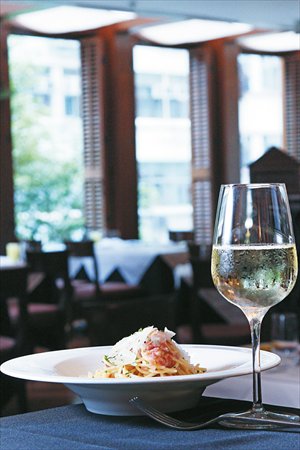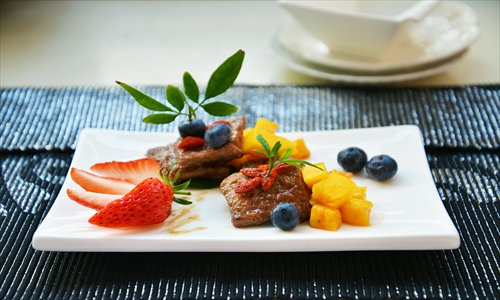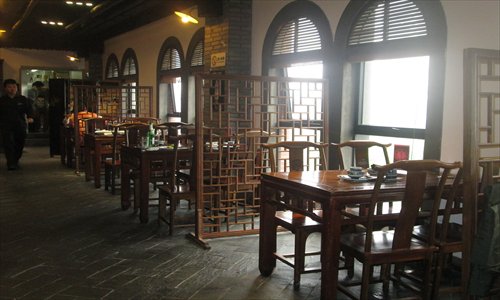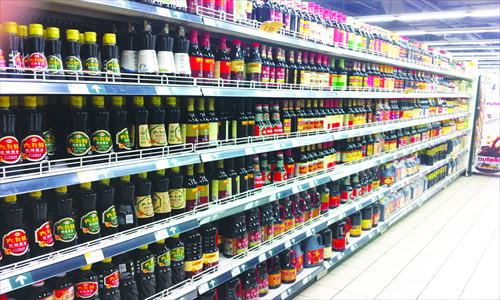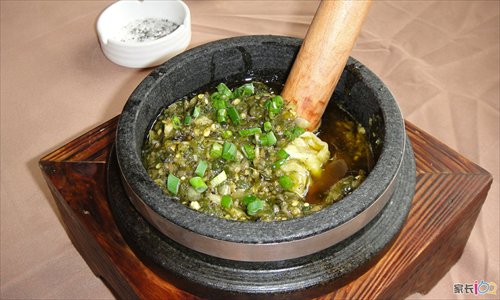Pino Lavarra ups the ante in Hong Kong
At the top of Hong Kong’s Ritz-Carlton, one of the highest hotels in the world, two-star Michelin chef Pino Lavarra busily toils inside the kitchen of Tosca, whipping up Italian dishes that marry tradition with innovation.
Cultured middle-class tastes up demand for cheaper wines in China
In a sign that the wine-drinking culture is becoming increasingly mainstream in China, a growing demand for cheaper wines is beginning to emerge from the ranks of the burgeoning middle class.
Locals cook up favorites in their kitchens, set dinner tables for tourists
A service that pairs tourists looking for an authentic dining experience with hosts who love to throw dinner parties and show off their local cuisine is gaining buzz as the AirBnB of the food and travel world.
Hot diets to help busy people boost their energy
With your packed schedule, you might not pay too much attention to diet fads, but some trends may be worth following. These four popular diets each have something to offer busy people looking to improve energy, reduce risk of heart disease and chronic diseases such as diabetes and improve overall well-being. Just remember to consult with your physician before making any major dietary changes.
Home-cooked homilies
“Tell me what you eat, and I will tell you what you are,” said French gastronome Jean Anthelme Brillat-Savarin. It is a motto that many food lovers take to heart, and highlights the deep links between identity, culture and food. Now, particularly against the backdrop of growing food security concerns, many more people are waking up to the possibilities of taking cuisine into their own hands, with a lively online cooking scene springing up to discuss dishes and share a passion for food. The Global Times spoke to three Shanghai-based food bloggers who have risen to prominence, and asked them to share their favorite recipes.
The way we ate
Zhiqing (educated youth who participated in the Down to the Countryside Movement during the Cultural Revolution, 1966-76), longtang (lane) culture, as well as traditional teahouses, are usually only glimpsed in TV series today, if they are seen at all. However, the Global Times has found some restaurants where people can relive these days of yesteryear and put themselves right back into these never-to-be-repeated scenarios.
Splash & dash
In today’s globalized world, we are confronted with choices every day, and perhaps no place represents that better than the aisle of sauces and condiments at a Chinese grocery store. There are literally hundreds of bottles of different sauces, pastes and oils, each with different coloring and labeling. Even if your Chinese is impeccable, it’s easy to go cross-eyed just looking for one simple bottle of soy sauce. There are just too many choices! However, it doesn’t have to be that way.
Despite the overwhelming selection, it’s essential that a Chinese kitchen be well stocked with a few bottles of sauces. In the same way you wouldn’t go to the beach without a towel and sunscreen, you can’t make good Chinese food without these must-haves.
One in five British families struggle to cover food costs: survey
One in five British families had to borrow money or use saving to cover food costs in April, a new survey showed on Sunday.
Fearless feeding
Dining is one of the few times each day when we’re able to indulge and have things our way. Within the past couple of weeks, though, with constant news reports of the ever-encroaching H7N9, it has turned it into somewhat of an anxious affair. Now, whenever I go out to eat with friends, Chinese and foreign alike, there comes a heated discussion of what’s acceptable to order.
Valuable volumes
There have been complaints recently about the rising prices of books, exclaiming that reading books has become “luxurious.” And as a matter of fact, without exaggeration some books are truly luxury goods, unaffordable for ordinary readers.
